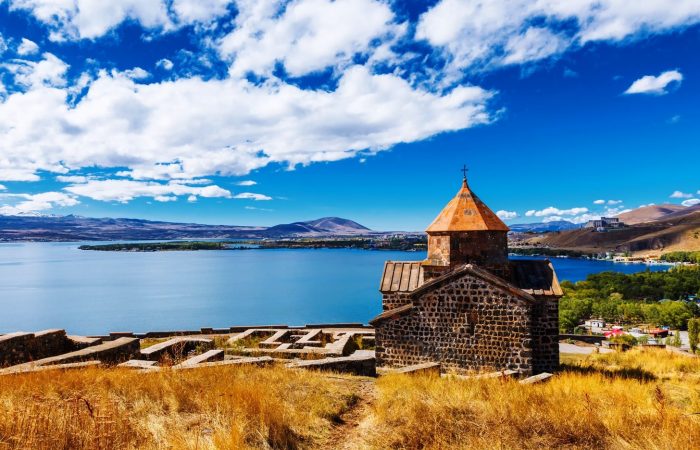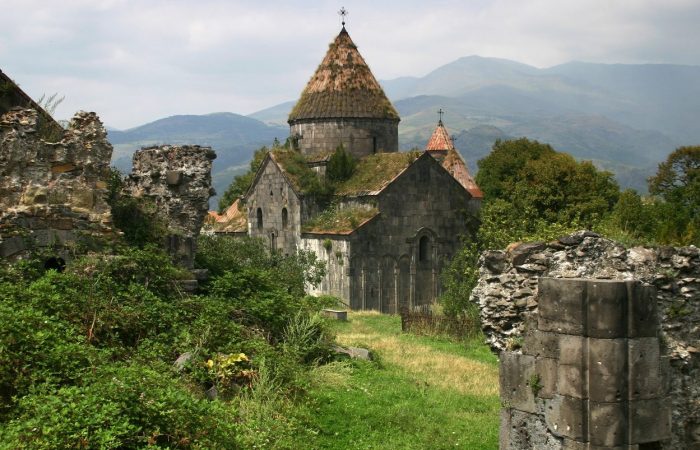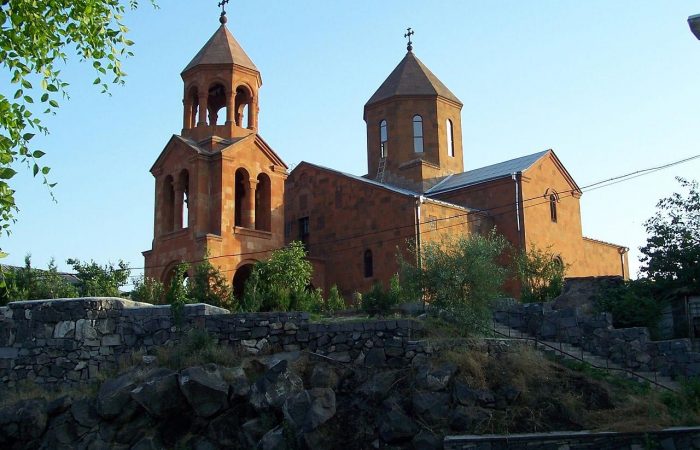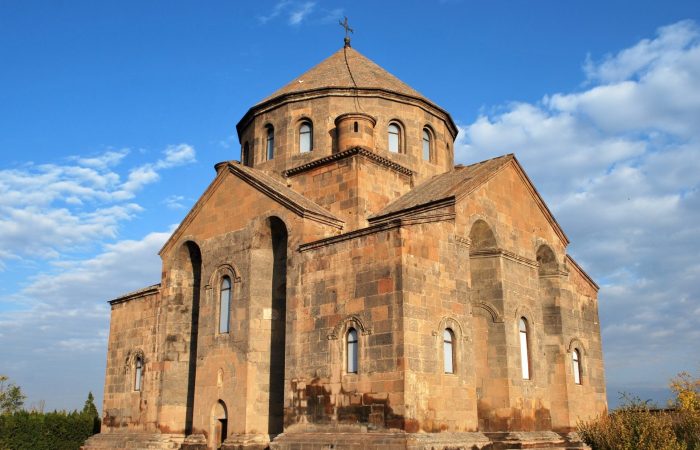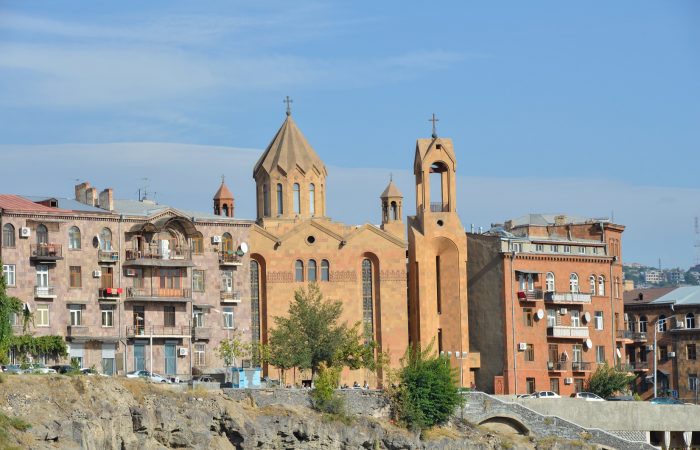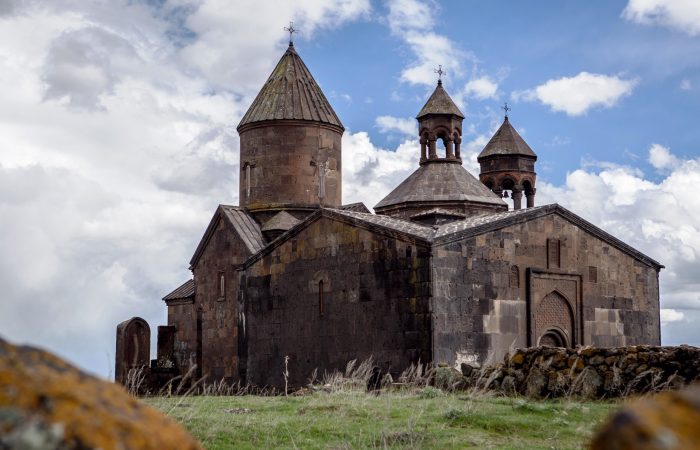Dashtadem Fortress: General
Dashtadem Fortress is currently an important tourist destination. The fortress is not located far from capital city Yerevan. It can be found next to Talin-Qarakert road.
The fortress was built in the 11th-13th centuries, and in the Middle Ages it bore great defensive significance. The fortress is believed to be built in the place of an Urartian fortress. Adjacent to the northern wall there is a single-nave vaulted church built from red tuff.
Dashtadem Fortress: Archaeological Excavations
The fortress has its presence in any of the following categories – fortresses, monuments, architecture, history, archaeology and of course, culture.
One thing to know about this fortress is that in contrast to medieval Armenian castles and fortresses, Dashtadem is deprived of natural inaccessibility. The defensive system of the fortress was composed of the high walls.
In various periods the fortress has undergone archaeological excavations as well as restoration works. During the 1989-1990 excavations the northern part of the walls as well as the area between the citadel and the northern wall were uncovered. In 2005-2006 the fortress was strengthened and also restoration works were launched in the territory of the citadel. During the same period the inner part of the main arched entry of Zakaryan walls and the towers were excavated (Zakaryans were a princely family dating to the 11th-14th centuries).
The excavations of the fortress were resumed only six years later, in 2011. The stress was mainly put on the western and south-western parts of the fortress, more precisely on the area between the walls and the citadel. The archaeological finds in the area included the bases of the citadel. The mentioned part was filled with construction and economic waste.
Remainders of a tonir (bread tandoor) were found. The height of the preserved part of the tonir makes 55 centimeters. The walls of the tonir are 7 centimeters thick, while the diameter makes 90 centimeters. The tonir was found in a circular hole carved in a rock.
Among other findings were the tuff pavement and two winepress pits.
Everything that was discovered during the excavations is of utmost importance and their essence is explained by the fact that they allow to form a picture of the fortress’s routine and culture.






